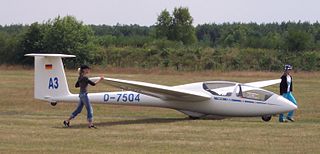
The ASK 21 is a glass-reinforced plastic (GRP) two-seat glider aircraft with a T-tail. The ASK 21 is designed primarily for beginner instruction, but is also suitable for cross-country flying and aerobatic instruction.
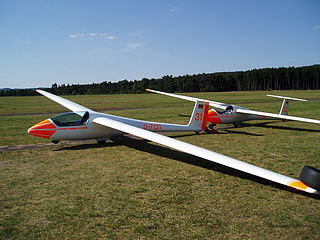
The Schleicher ASK 23 is a single-seat Club Class sailplane that was built by the German manufacturer Alexander Schleicher GmbH & Co.

The KW-1b Quero Quero is a sailplane that was produced in Brazil in the 1970s and 1980s. It is a conventional, single seat design of wooden construction. The undercarriage is a fixed monowheel, and construction is of wood throughout.
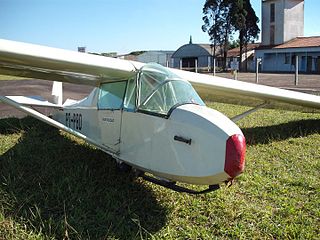
The Neiva B Monitor, also designated B-2, is a Brazilian tandem two-seat glider aircraft designed and manufactured by Indústria Aeronáutica Neiva between 1945 and 1955 for primary training and general flying.
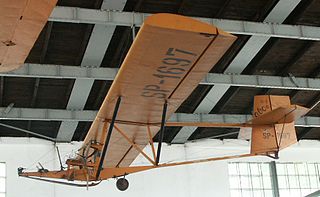
The IS-3 ABC was a single-seat training glider designed and built in Poland from 1947.

The Slingsby Type 45 Swallow was designed as a club sailplane of reasonable performance and price. One of the most successful of Slingsby's gliders in sales terms, over 100 had been built when production was ended by a 1968 factory fire.

The DFS Weihe is a German single-seat, high-wing, 18 metre wingspan, high-performance glider that was designed by Hans Jacobs in 1937-38.
The Akaflieg Darmstadt D-28 Windspiel was a single-seat, high-performance sailplane designed in Germany in the early 1930s. Intended to exploit a growing understanding of thermal soaring, it was small and manoeuvrable, with a 12 m span; silk-covered for lightness, it weighed less (empty) than its pilots. It held the world straight-line distance record for a time in 1934.
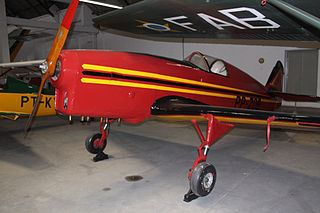
The IPT-16 Surubim was a Brazilian single-seat, single engined experimental light aircraft. A single example was built and flown in 1959.
The IPE KW-2 Biguá is a sailplane that was produced in Brazil in the 1974.

The Embraer EMB 400 Urupema initially called IPD 6505 Urupema, is a Brazilian glider developed at Instituto Tecnológico de Aeronáutica, São José dos Campos, in 1964, and later produced by Embraer.
The Alvear was a Brazilian single-engine, single-seat aircraft.
The IPT-0 Bichinho was a Brazilian single-seat, single engined experimental sports aircraft.
The SP-18 Onça also known as the IPAI-27 Jipe Voador, was a Brazilian single-seat, single engined experimental agricultural aircraft.

The IPT-2 Aratinga, was a Brazilian monoplane, single-seat glider designed and manufactured by the IPT engineers.
The IPT-5 Jaraguá, was a Brazilian sailplane aircraft designed with two seats in a tandem-seat configuration for general flying.
The HW-4 Flamingo, was a Brazilian two-seat in tandem-seat configuration, sailplane aircraft designed and manufactured for general flying.
The IPT-6 Stratus, was a Brazilian single-seat, was a high-performance two-seat, high-wing sailplane.
The IPD Urubu also known as the IPD/PAR PE 80367, was a two-seat sailplane of high-wing.
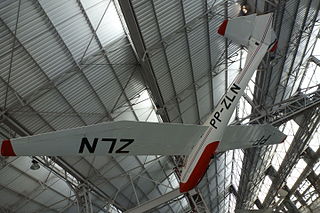
The IPD Periquito, was a single-seat sailplane of high-wing construction designed in 1956 by Guido Pessotti in Brazil.










